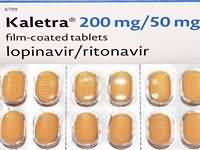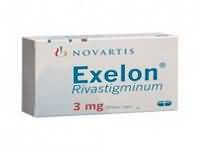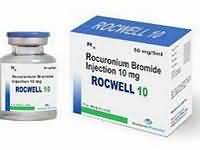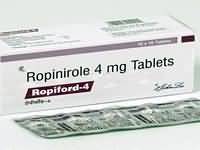terbutaline sulphate
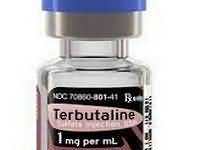
CLINICAL USE
Beta2–adrenoceptor agonist: Reversible airways obstructionDOSE IN NORMAL RENAL FUNCTION
Oral: 2.5–5 mg 3 times daily SC/IM/IV: 250–500 micrograms up to 4 times dailyIV infusion
: 90–300 micrograms/hour Turbohaler: 500 micrograms (1 inhalation) up to 4 times daily Nebulisation: 5–10 mg 2–4 times daily, or more frequentlyPHARMACOKINETICS
DOSE IN RENAL IMPAIRMENT
GFR (mL/MIN)
DOSE IN PATIENTS UNDERGOING RENAL REPLACEMENT THERAPIES
IMPORTANT DRUG INTERACTIONS
Potentially hazardous interactions with other drugs Effect may be diminished by beta-blockers Theophylline: increased risk of hypokalaemiaADMINISTRATION
Reconstition
–Route
IV, SC, IM, oral, inhaled, nebulisedRate of Administration
1.5–5 mcg/minuteComments
ForIV infusion
, add 1.5–2.5 mg to 500 mL glucose 5% or sodium chloride 0.9% (3–5 micrograms/mL)
See how to identify renal failure stages according to GFR calculation
See how to diagnose irreversible renal disease
Home

